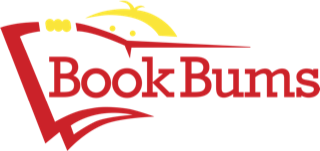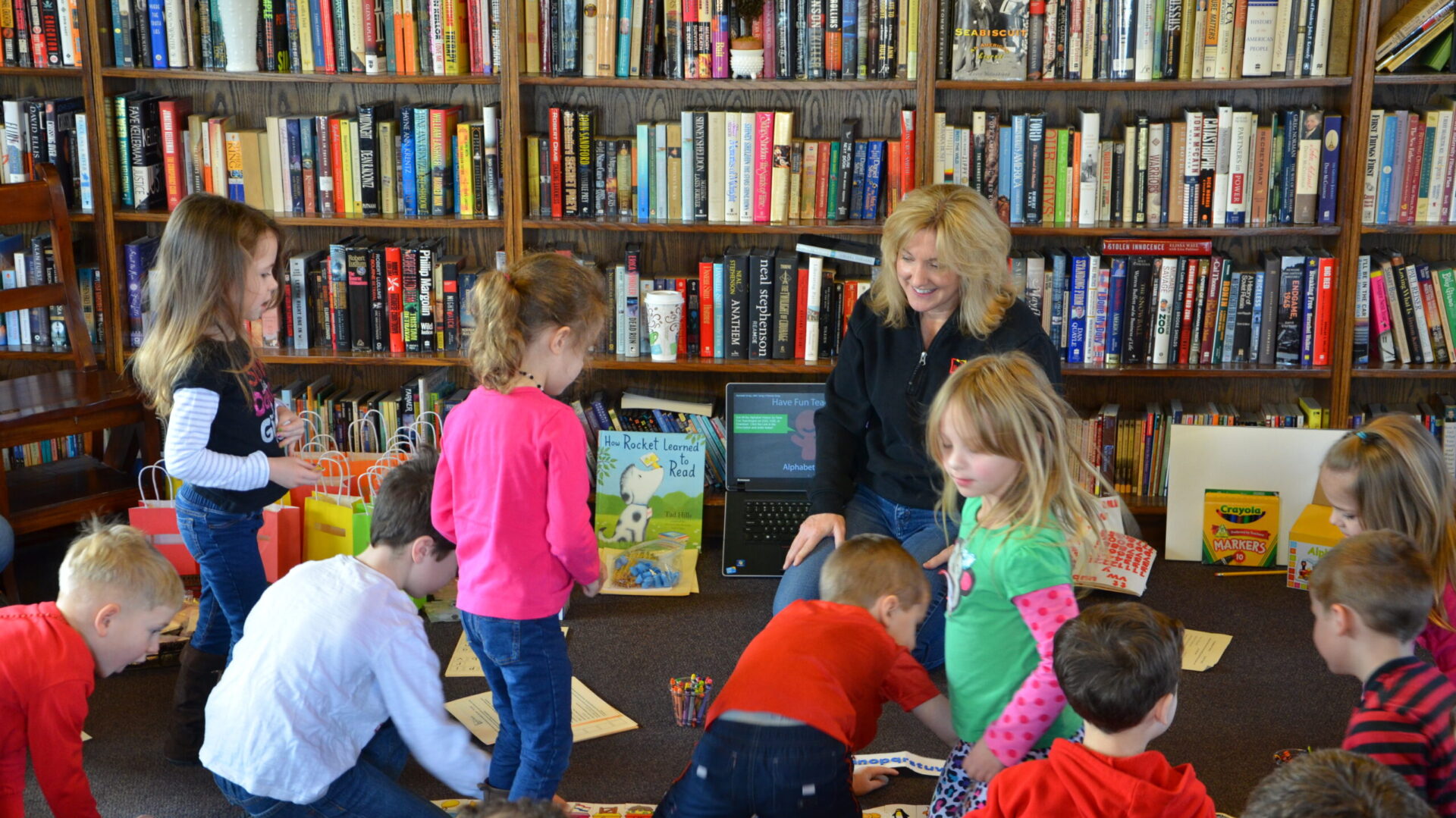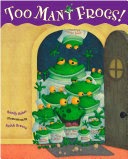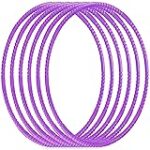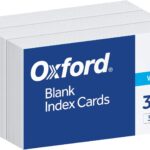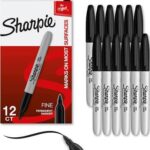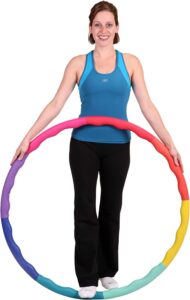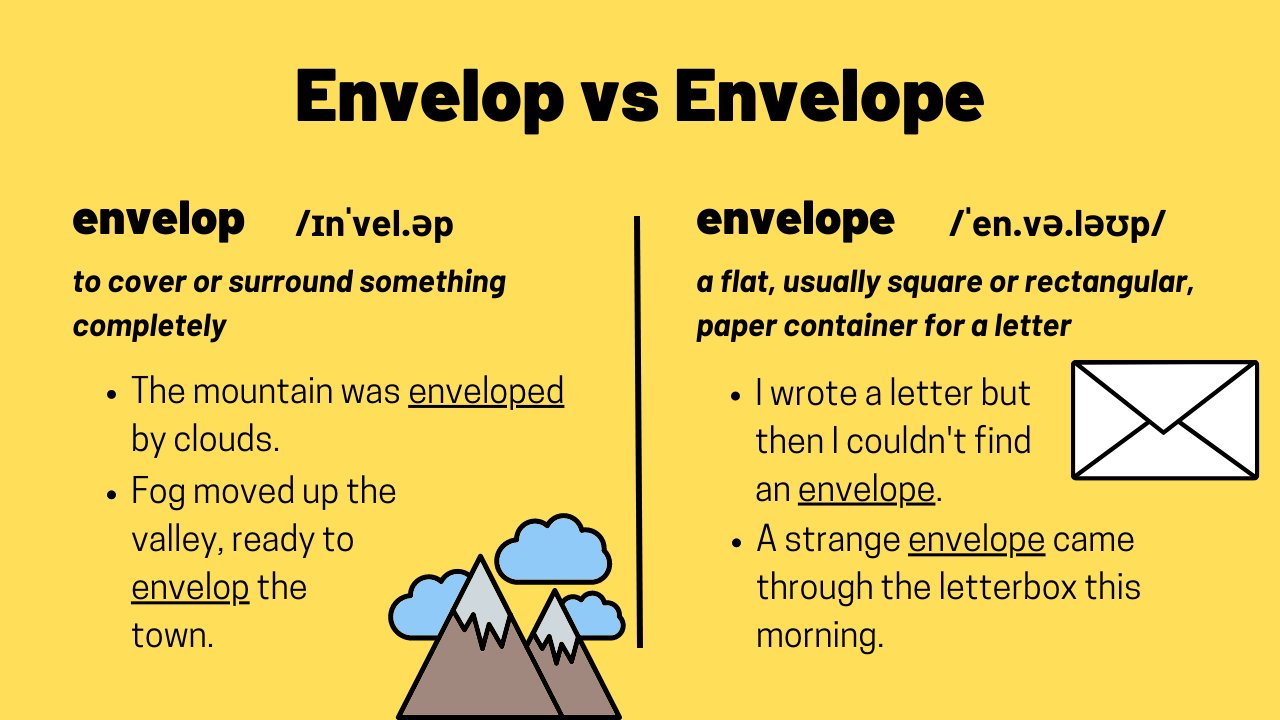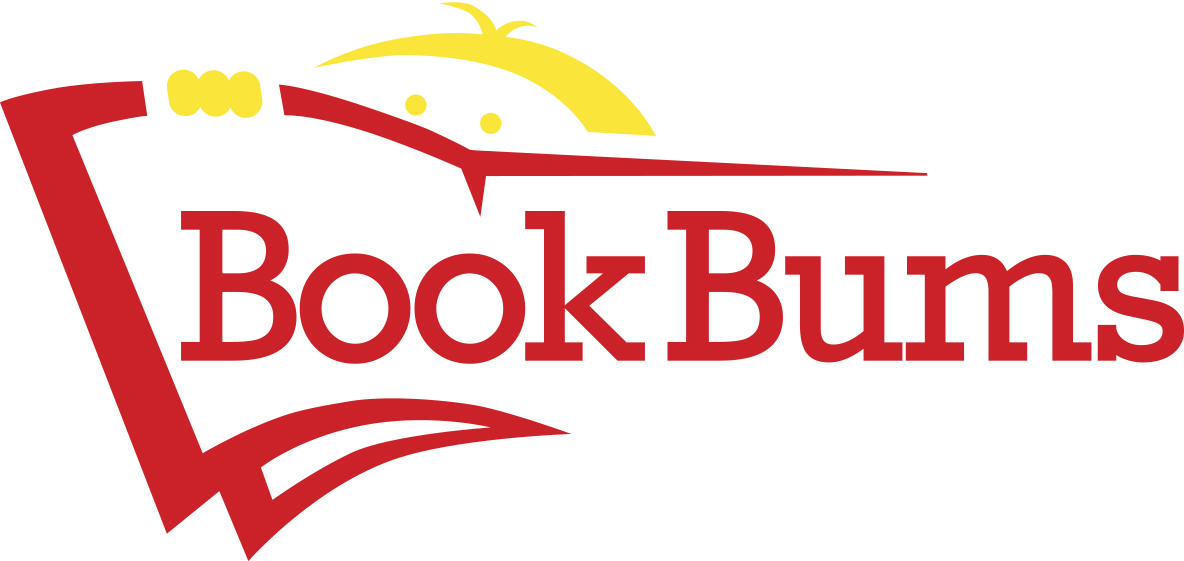
Hello Book Bums families!
Happy Mother's Day to all our Book Bums' families!
This week in the newsletter we're zooming in... on the books we read and the world around us. Read on for ideas on how to spell well, have fun with book characters, and notice detail and beauty in nature. You don't want to miss the squirrels!
Bookbums.com is an Amazon Associate; We earn from qualifying purchases. This means that if you click on a link to Amazon.com and make a purchase, We may earn a small commission at no extra cost to you. We do recommend the products. Feel free to find them by other means.
Word of the Week
substantiate (sub-stan-she-ate) verb/action word - to establish with proof or evidence
In an essay, students should substantiate their ideas with evidence from the text.
Literary Calendar
• May 9 is the birthday of poet Joy Harjo.
• She was the first Native American to hold the post of U.S. Poet Laureate; she served from 2019-2022.
• Her poems often reflect on our connectedness to the natural world.
Eagle Poem
by Joy Harjo
To pray you open your whole self
To sky, to earth, to sun, to moon
To one whole voice that is you.
And know there is more
That you can’t see, can’t hear;
Can’t know except in moments
Steadily growing, and in languages
That aren’t always sound but other
Circles of motion.
Like eagle that Sunday morning
Over Salt River. Circled in blue sky
In wind, swept our hearts clean
With sacred wings.
We see you, see ourselves and know
That we must take the utmost care
And kindness in all things.
Breathe in, knowing we are made of
All this, and breathe, knowing
We are truly blessed because we
Were born, and die soon within a
True circle of motion,
Like eagle rounding out the morning
Inside us.
We pray that it will be done
In beauty.
In beauty.
From our Bookshelves
Too Many Frogs, by Sandy Asher, is a Williams family favorite! This delightful picture book is about a rabbit who enjoys his “just right” life. One rainy evening, Rabbit is surprised to find a frog standing outside knockity-knocking on his door. Froggie invites himself in to listen to the story Rabbit is preparing to read.
Rabbit reads a story to Froggie, and Froggie says thanks and dismisses himself. The next day, Froggie arrives again, invites himself in, and begins making snacks to enjoy with the story. Before too many nights pass in a similar manner, frustrated Rabbit explodes because he had never invited Froggie into his home. Froggie had just invited himself in and made himself at home. When Froggie realizes what he’s done, he leaves dejected and disappointed.
Rabbit, alone at last, finally settles in to read his story for the evening, but he’s missing something. It doesn’t take long for him to realize that the missing something is Froggie.
This is a happily-ever-after tale that acknowledges the power and joy that comes with sharing stories, aloud, with others.
Note: This is a “You Must Use Character Voices” read aloud that your whole family will enjoy!
Tips for Families
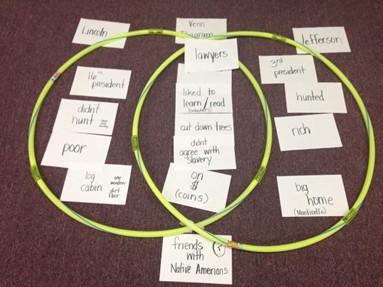
Has anyone else been pulling out bubbles, buckets of sidewalk chalk, and hula hoops?
The days are warming and lengthening. The rain may even be settling itself down a bit. It’s time to get outdoors for some summertime fun.
Well, if you’ve got those hula hoops out, how about trying some easy compare and contrast activities with the books you’re reading with your kids. All you need is two hula hoops, plain white index cards, and a Sharpie marker.
Whatever book you’re reading, ask your kids to identify ten or so characteristics that describe a character. Then, invite them to identify ten or so characteristics describing another character. They could even identify ten or so of their own characteristics. It may help to remind your kids that a characteristic is a feature or quality of a person or thing.
In the book Too Many Frogs, we could think about Rabbit and Froggie. What are they like? You could have kids brainstorm descriptors about the characters and you record them onto index cards—one card for each descriptor they share.
For example, you might make cards that say: loves books, organized, reader, kind, a bit of a temper, likes snacks, likes to be comfy, likes being with others, lives alone, likes things remaining the same, acknowledges when he makes mistakes, forgiving, outgoing, likes books, large family, self-confident, doesn’t feel awkward making himself at home, loud, generous, doesn’t enjoy hurting others’ feelings, etc.
Make a card that says Rabbit and another that says Froggie. Make a third card that says Both. Place the hula hoops so one sits atop the other with Rabbit on one side, Froggie on the other, and Both in the center where the too hula hoops overlap as shown in the photo above. Together, decide which card should go in only Rabbit’s portion of the diagram, which should go in only Froggie’s portion, and which could go in the Both section. This work should feel a bit like a debate, for the kids should be asked to substantiate their ideas for word placement using the text to back up their thoughts.
For Book Bums, I purchased these hula hoops along with the following cards and markers. There are six hula hoops in this package, so we can do up to a three-circle Venn Diagram at two different locations.
Speaking of hula hoops . . . I have this weighted hula hoop that I add into my workout routine most weeks. I’m not sure it does much, but I love it! It’s said to promote an effective core workout and can improve strength, stability, and coordination. I always do a full song’s worth of hula hooping one direction and then go the other direction for the next song. I have also used my hula hoop between sets when lifting weights.
Can I hula hoop those flimsy kids’ hula hoops? Not a chance. But this one is awesome!
Wordology Workshop
• The Latin root contra means opposite or against.
• You can find it in common words like contrast, contradict, and contraband.
• It also appears in some less common words like contraindicate, a word to pay attention to on your prescription medicines.
• A variation of this root with the same meaning is counter, which you find in words like counteract and counterfeit.
Tips for Raising Readers and Writers
In the following poem by Emily Dickinson, we’re reminded that small acts of kindness can have a profound impact on one’s life, and it is often small moments like these that make life such a beautiful thing.
Dickinson inspires us with poetry.
If I can stop one Heart
From breaking,
I shall not live in vain
If I can ease one Life
the Aching,
Or cool one Pain,
Or help one fainting
Robin
Unto his Nest again,
I shall not live in vain.
~Emily Dickinson
Dick Van Duijn inspires us with his photography.

Perhaps you can inspire your kids to find and share beauty with others this weekend. Have them quietly observe their surroundings searching for loving care, beauty, or inspiration; and then have them share about it with just a few words.
They can write a poem, create an image, or write a journal entry sharing what they observed and how it touched their hearts.
Writing about small moments can magnify their impact and provide lasting memories. Having kids “zoom in” to focus on small details can make writing magical without being overwhelming. This kind of writing provides a great introduction to writing personal narratives.
Practical Grammar
Envelop is a verb that means to completely enclose or surround.
Envelope, with that magic e, is a noun that refers to an enclosing for a letter or card, for example.
The tricky part is when kids see the word enveloped. Yikes! Where’s that “blocker letter?”
News from Book Bums
Beginning on June 2nd, the following summer hours will be available for our families. Talk with your child’s tutor about your scheduling needs.
Mondays 2-7
Tuesdays 9-12 & 3-7
Wednesdays 2-7
Thursdays 9-12 & 3-7
Friday 4-7
Saturday 8:30-1
And thank you for recommending Book Bums to your friends and family! We really appreciate you spreading the word about what we’re doing to serve families in our community.
NOTE: We’re looking for 100 volunteers to help serve struggling readers this summer!
It’s a come when you can situation. We think you’ll LOVE the time you invest in kids who really need to be seen and supported by some caring adults and teens. Whether you can join us only one day or all thirty, we hope you’ll consider extending your kindness to kids who are struggling with learning to read and spell well.
The Book Bums Summer FUN program
will be held at
VanGorden Elementary School
Monday through Friday, June 2nd through June 20th
from 8:30-11:00 a.m.
and/or
VanGorden Elementary School
Monday through Friday, July 7th through July 25th
from 8:30-11:00 a.m.
Can you or someone you know help us out?
Please email Judy at judy@bookbums.com. She’ll share all the details you’ll need.
Tips for Teachers
When kids come into Book Bums for an assessment, I often see children who, when asked to spell a word, name the letters aloud and then record those letters onto their papers. If I say, “Please spell the word dip,” for example, many kids say, “D-i-p, dip,” and then they write the word on their papers.
When I see this, I invite those students to consider a different approach.
Scientifically, it’s more advantageous for kids to stretch out the sounds within the words and then to represent those sounds with the corresponding letters and letter combinations—without naming them.
When spelling shout, it’s beneficial to say /sh/ (and write s-h) then /Ow!/ (and write o-u) and /t/ (and write t). If kids, instead, chant s-h-o-u-t as they write the word, they’re likely to forget what they’re writing.
When kids make the sounds, they don’t have any interference with conveying their thoughts. If they are writing, The knife is sharp, they’ll say, “Th-e kn-i-fe i-s sh-ar-p.”
When kids name the letters they would say, “The, t-h-e, knife, k-n-i-f-e, is, i-s, sharp, s-h-a-r-p.”
It’s twice as much work.
Each time they come to the end of a word, kids must remind themselves of what it is they were trying to write in the first place. Due to limited attentional resources, the naming of the letters creates cognitive interference. That’s what happens when competing cognitive processes hinder speed and accuracy when reading or spelling.
To be orthographically mapped in students’ sight word vocabularies, students must observe the letters, make the sounds those letters represent (aloud is best), and glean meaning from the words they’ve decoded.
Occasionally, we’ve all likely used mnemonic devices to recall tricky spellings. I used to get her to remember the word together but since it’s a relatively easily decodable word, I could have just stretched out the sounds and written the corresponding letters.
Recently, a student shared that a parent taught them to say /Pee-Oh-Ple/ when writing the word people. It worked. The student remembered the spelling. But remembering the mnemonic likely takes as much or more memory as simply remembering that the vowel that’s telling the e in people to say its name is o. Say that 1-4 times, and it’s likely mapped into students’ memories.
In an upcoming podcast on teaching kids sight words, red words, and/or heart words, I’ll share how I’d recommend we equip kids with unexpected spellings.
I almost never recommend naming the letters in words to promote accurate spellings.
Rather than teach kids to remember a word, I’d teach the phonics rules that are in play and acknowledge the irregular spellings within the applicable lesson.
For example, I’d teach the words give, some, love, have, and come in the Magic e lesson.
In each of these words, we’d expect those e’s at the ends to do magic. They should tell the vowels to Say your name!”
When decoding, it’s easy. If the Magic e doesn’t work, we just “flip” back to the short vowel sound. No sweat.
We’d play a game where kids are seeing words where the Magic e does and doesn’t work as we’d expect, and then we’d invite them to spell a handful of those words they just decoded.
Within 1-4 experiences with typical kids, those words become known (or orthographically mapped) on sight.
When kids spell the word giv they’d think “That doesn’t look right to me,” and then they’d try adding an e. (Yeah. That’s it.)
Just for Fun
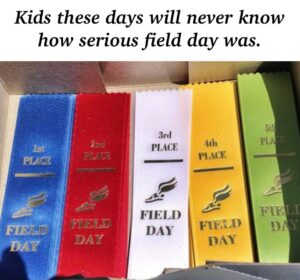
I saw a post with this image, and it took me way back to the days I spent in Maineville Elementary School where I earned a few of those coveted Field Day ribbons. Ah, the good ol’ days, huh?
You know, there’s something in me that wishes we still acknowledged kids’ athletic skills in school. As a young girl who most certainly wasn’t a scholar, my identity included being a good athlete. I won the kick, throw, and run competition. I was chosen to play on the student team that competed against the teachers’ team for our end-of-year volleyball game. I won the president’s award for fitness, and I could do more sit ups than anyone in my whole school—including the boys. Being good at non-academic things was acknowledged in schools back then, and that gave me (and, perhaps, others) eyes to see that I was good at some things—even if I wasn’t a stand-out student.
Today, we hope teachers see our students beyond their in-school, paper-pencil performances and that they find a way to esteem the talents falling beyond the scope of the classroom.
If you have teachers who acknowledge your kids’ skills—in sports, musical theater, art, chess club, or in any other arena, you’ve been given a gift. Tell your kids’ teachers that you appreciate them for making the effort to know your children and acknowledging their extracurricular talents.
If you know someone who would benefit from our newsletter or tutoring at Book Bums, please share this email with them! Thank you.
Copyright © 2024 Book Bums, All rights reserved
Our mailing address is:
7967 Cincinnati-Dayton Road Suite L
West Chester, OH 45069
